For a safari, the best cameras are versatile mirrorless models from Sony, Nikon, and Canon. On my first trip to Africa, I used a Sony bridge camera. While it had an impressive zoom range, its small sensor limited its performance. I wouldn’t recommend it for safari photography today. It got me back into wildlife photography, but technology has moved on.
When DSLRs were gaining popularity, mirrorless cameras were still developing. Early electronic viewfinders (EVFs) often struggled with lag and low resolution. Thankfully, those issues have been resolved. The top mirrorless cameras now offer blackout-free, silent shooting with real-time viewfinders, making it easier to fine-tune your settings in challenging light conditions.
The mirrorless design also makes camera bodies and lenses smaller and lighter, while delivering superior autofocus systems, faster frame rates, higher shutter speeds, and advanced video features.
Let’s dive deeper into what makes the best camera for an African safari.
1. Sony Alpha 1

When it comes to full-frame mirrorless cameras, there’s little difference between the top models from Sony, Canon, and Nikon. However, the Sony a1 stands out—if you can afford it! I own a couple, and I’m constantly impressed by the image quality and ease of use.
What sets the a1 apart is its lack of compromises. It’s tough to find a safari camera with such a perfect balance of features. It boasts high resolution, a fast frame rate, excellent autofocus, and a deep buffer, along with impressive low-light performance. The a1 manages to deliver on all fronts!
Another highlight is its user-friendliness. The electronic viewfinder (EVF) is remarkably bright and clear, and the main buttons and dials are intuitively placed. Plus, there are extensive customization options.
You can even save three drive modes, allowing you to switch from portrait to action settings in seconds by simply turning the main dial.
Battery life is a common challenge with mirrorless cameras since the EVF requires power. But I’ve found that the a1 delivers significantly more frames per charge than its official CIPA rating. Even shooting 8K video is a breeze.
I no longer bother using battery grips—the extra battery life just isn’t necessary. Plus, the reduced weight makes it easier to shoot handheld for extended periods.
However, shooting wildlife in portrait format can be tricky, and after long days in the field, I sometimes end up with blisters on my right hand.
Pros
- Large sensor captures incredible detail
- 30 fps high frame rate
- Eye-tracking for humans, animals, and birds
- Extensive customization options
- Silent shooting for discreet moments
- Stunning 8K/30p Ultra HD video
Cons
- Expensive
2. Nikon Z 9

The Nikon Z9 is the one that got away! Before I photographed the polar bear migration in Canada last year, I was hoping to get a full-frame mirrorless camera, and the Z9 was at the top of my list. With a collection of Nikon lenses, it would’ve been convenient to buy a Z9 and use my existing gear with an adaptor.
Unfortunately, the Z9 wasn’t released in time. As a result, I had to trade in all my old Nikon equipment and take out a hefty loan to buy two Sony a1 bodies and new lenses.
This camera including sensor resolution, autofocus speed, eye recognition, buffer depth, and low-light performance. The Z9 even offers 8K/60p video.
However, a few downsides stand out. There’s no quick way to select focus areas while using the EVF, so you’re stuck clicking through the eight-way controller. Also, the Z9 lacks the a1’s universal custom presets, which means you have to navigate the Shooting Menu and Custom Settings banks—a time-consuming process when you only have seconds to capture a moment!
Pros
- Ultra-fast image processor
- High compressed frame rate of 120 fps
- No visible rolling shutter
- Excellent battery life
- 8K/60p Ultra HD video
- Unlimited low-resolution video recording
Cons
- Highest frame rate only captures 11 MP files
- RAW files are limited to 20 fps
3. Canon EOS R5

I often find myself torn between the Canon EOS R5 and the R3. The R5 offers more megapixels, while the R3 boasts a higher frame rate and a few extra features, including Eye Control autofocus (AF).
When in doubt, I tend to lean toward the model with the larger sensor, and in this case, the R5 edges out the R3—just barely!
The R5’s specs are comparable to the Nikon Z9, with the same sensor size, maximum RAW frame rate, and top-tier video quality. Its eight-stop in-body image stabilization (IBIS) is especially helpful for reducing camera shake when using long lenses. The updated Dual Pixel AF II is nearly on par with Sony’s autofocus systems, thanks to Deep Learning that enhances tracking for both people and animals.
However, the R5’s electronic viewfinder doesn’t quite match the a1. It offers lower magnification and resolution. Additionally, the R5 doesn’t feature blackout-free shooting, and video recording can be limited by overheating (unless you opt for the “C” version). The shutter speed is slower, and battery life is shorter compared to its rivals.
Pros
- Convenient photo/video switch for fast mode changes
- 5-axis in-body image stabilization
- Compact and lightweight
- Unlimited video recording due to a built-in fan to prevent overheating
- Reduced video file sizes with Cinema RAW Light modes
Cons
- Expensive
- Limited native lens compatibility
4. Canon EOS R3
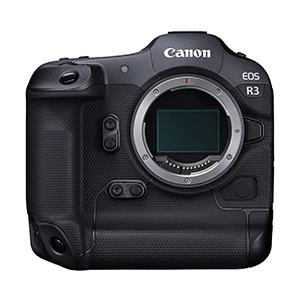
The Canon EOS R3 is a full-frame camera that offers impressive performance, including 195 fps shooting, Dual Pixel AF, and minimal rolling shutter. It also boasts exceptional battery life, especially when shooting in bursts.
The R3 comes with several innovative features ideal for wildlife photography. Eye Control AF allows you to direct the focus point by simply looking at a specific area within the electronic viewfinder (EVF). Additionally, the AF-ON buttons feature optical thumbprint readers, enabling you to move focus points easily or scroll through magnified images while using the viewfinder.
Its in-body image stabilization (IBIS) system offers up to eight stops of stabilization, and it even works with unstabilized EF lenses, which is a significant advantage.
However, the R3 does come with a smaller sensor compared to some other full-frame cameras, which is why it doesn’t rank higher on this list. Still, its sensor is larger than that of Canon’s flagship DSLR, the 1DX Mark III.
Pros
- High frame rate of 30 fps
- Reduced noise with BSI stacked sensor
- 8 stops of image stabilization
- 6K/60p RAW video capability
- 620-shot battery life
Cons
- Relatively expensive
5. Sony a9 II
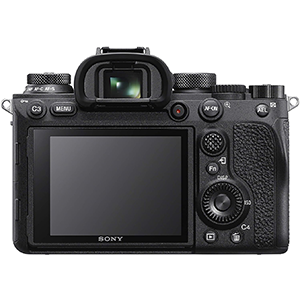
The Sony a9 II is marketed as a “sports-oriented” camera, but its features make it equally suitable for wildlife photography. While its full-frame sensor doesn’t offer extremely high resolution, it excels in other areas.
The a9 II boasts a high RAW frame rate, perfect for capturing fast action shots, and an extensive ISO range for low-light conditions. It also supports 14-bit uncompressed RAW files, delivering greater detail, and offers oversampled 4K Ultra HD video for enhanced pixel quality.
The autofocus system is simple yet highly accurate and fast, aided by two dials and a joystick for easy AF point selection. Additional features include five-axis image stabilization and a responsive, touch-enabled LCD screen—all packed into a weather-sealed body.
One drawback is the dual SD card slots, limiting memory card options. However, the Gigabit Ethernet and USB 3.2 ports enable fast file transfers via FTP, and the updated Wi-Fi system now operates in the 5 GHz band for quicker connectivity.
Like many Sony cameras, the a9 II offers excellent customization options. You can save up to seven sets of FTP and camera settings, which means, in theory, up to seven different photographers could use the same camera with personalized settings.
While the rear screen and touch interface could benefit from an upgrade, the main challenges arise when shooting video. There are no picture profiles for Log capture, and exposure settings carry over between stills and video, requiring custom memory banks for a smoother transition.
Pros
- Impressive 20 fps continuous shooting
- Lightning-fast autofocus
- Improved ergonomics
- Excellent file transfer speeds
- 5-axis in-body image stabilization
Cons
- No in-camera RAW image processing
- Confusing menu system
Conclusion
Whether you prefer full-frame, APS-C, or Micro Four Thirds, the best cameras for safari these days are generally mirrorless. If budget allows, top-tier models like the Sony a1, Nikon Z9, and Canon R5 offer unbeatable performance with high resolution, fast frame rates, and deep buffers.
Their AI-assisted autofocus systems are game-changers. You can select a focus point anywhere across the frame, or lock onto your subject’s eye effortlessly. It’s a level of precision that even the best DSLR cameras can’t match.

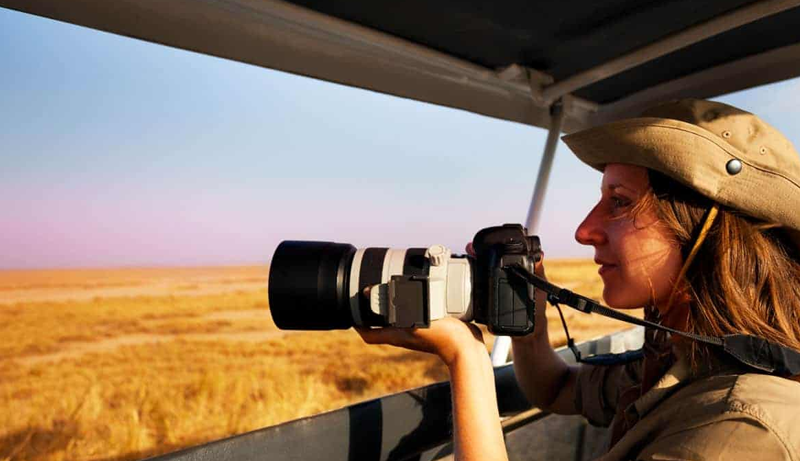
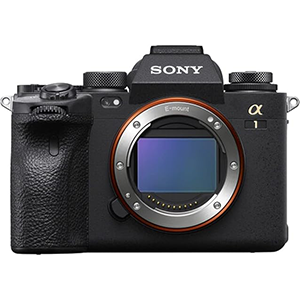
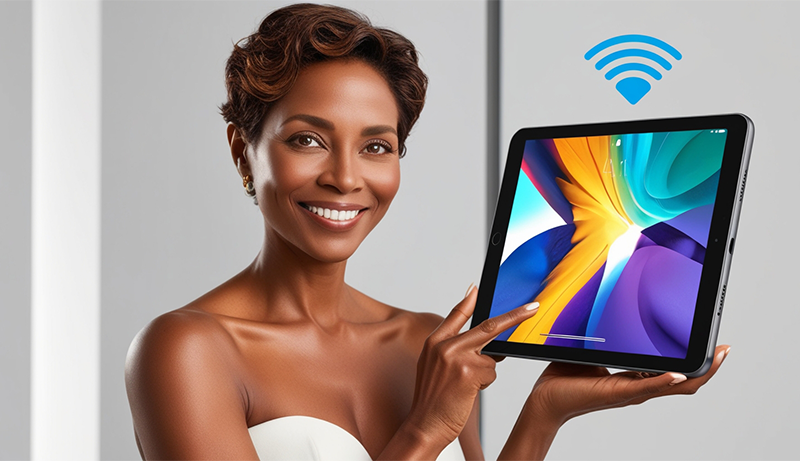
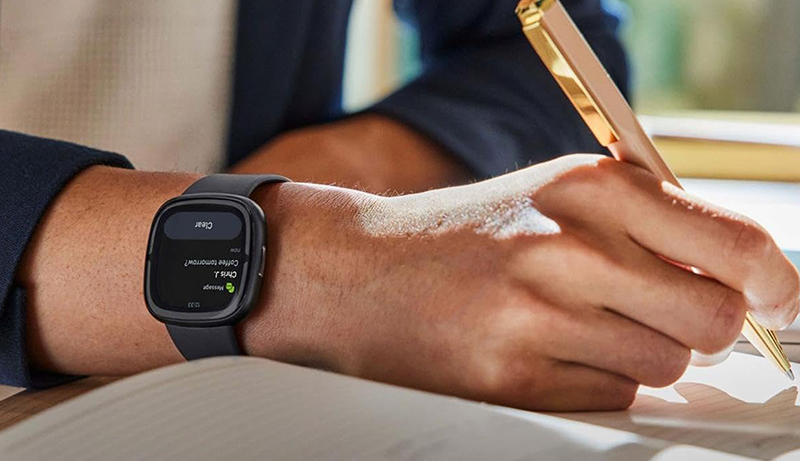
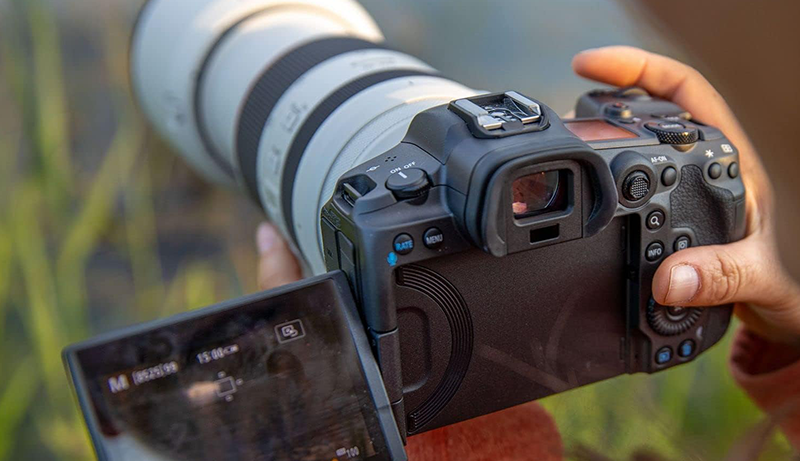
Leave a Reply